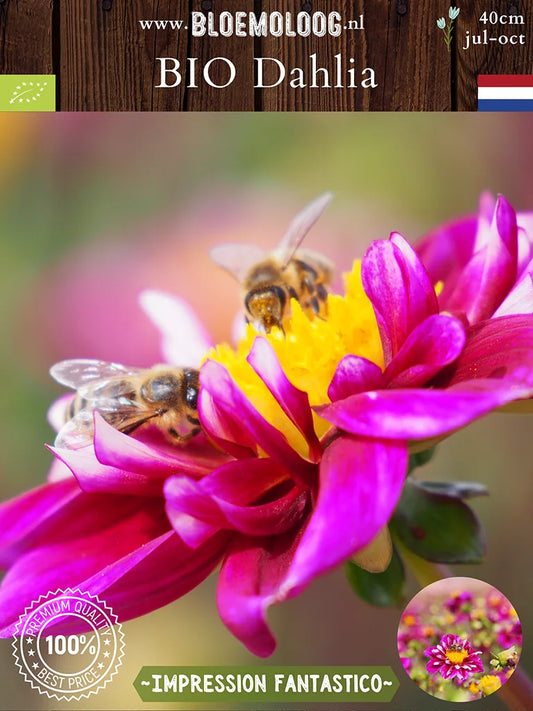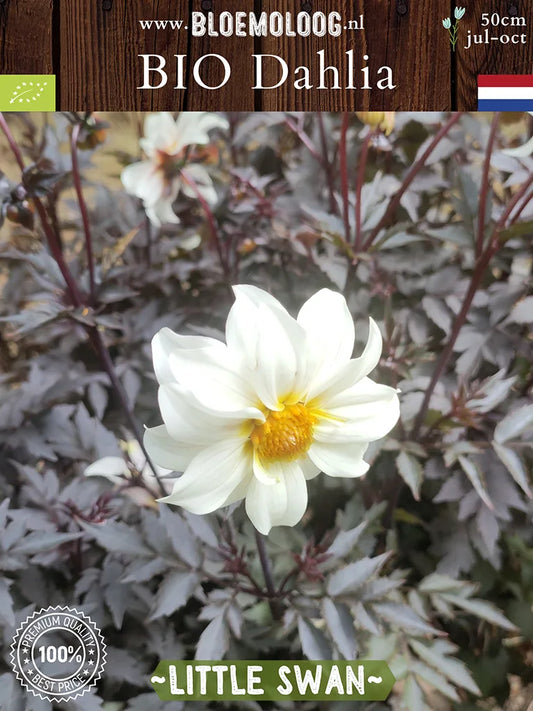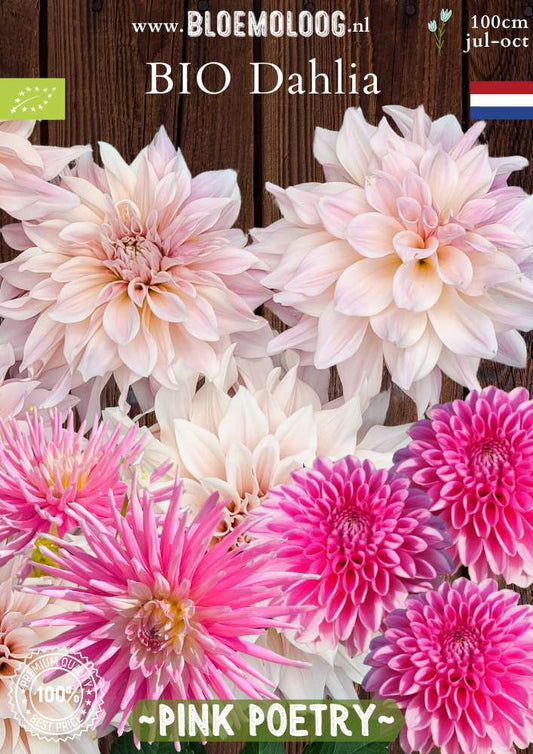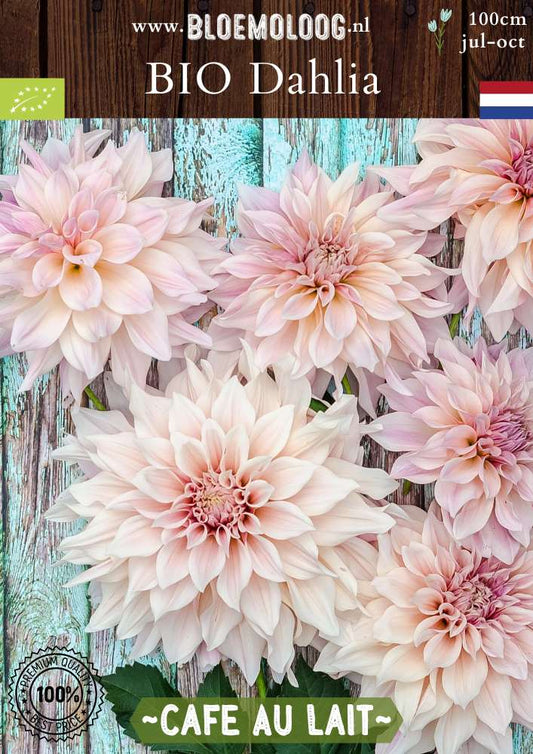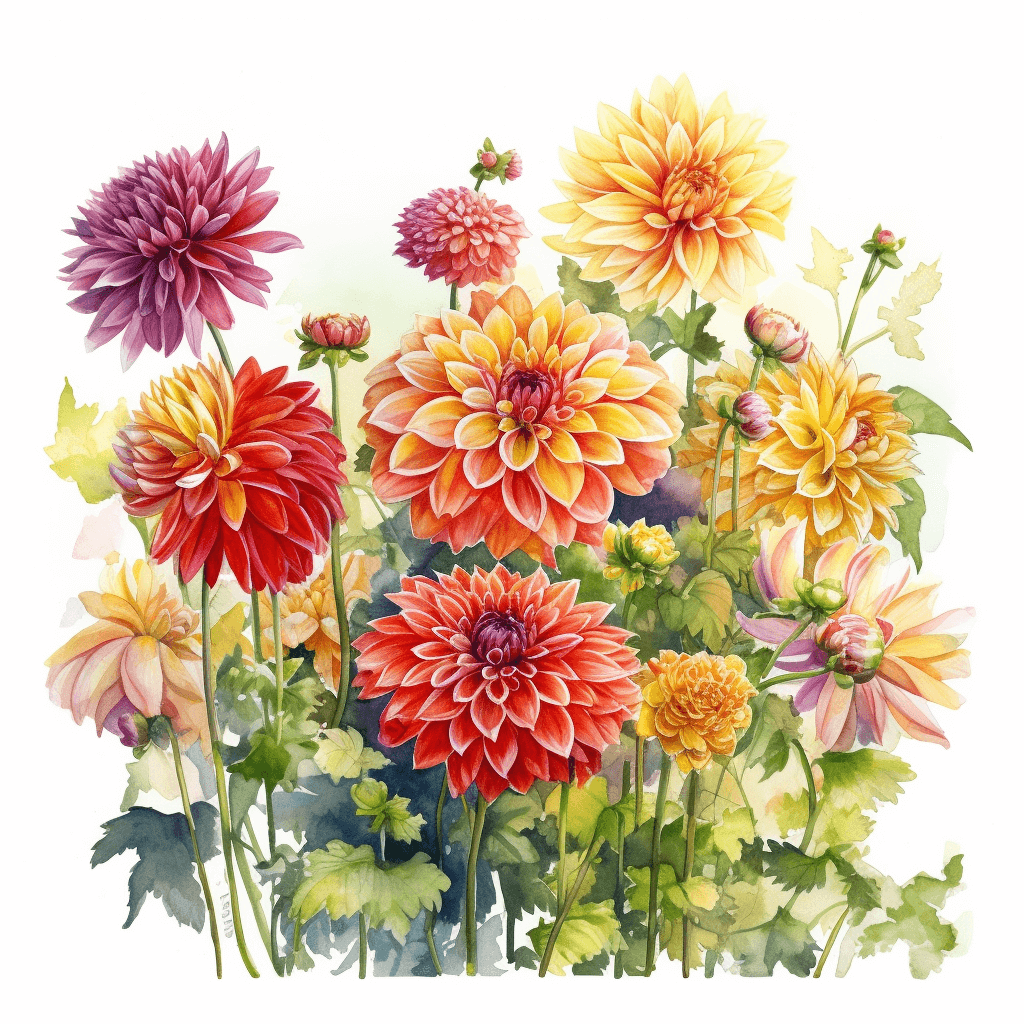
Summer bloomers
-

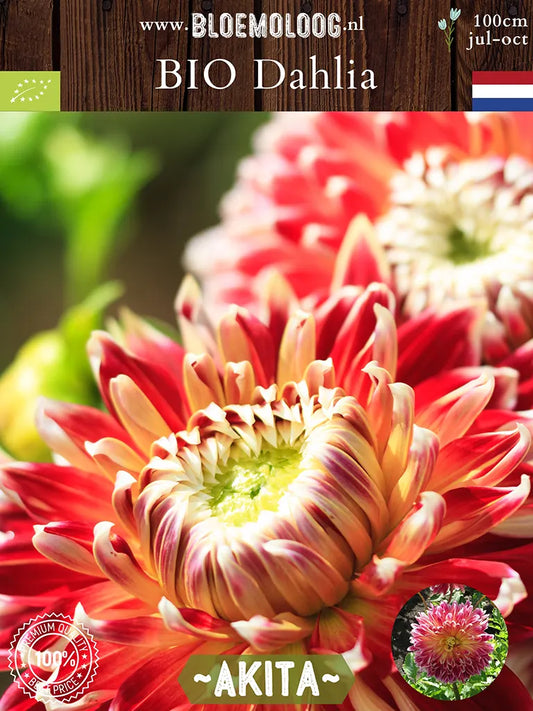 Sold out
Sold out -

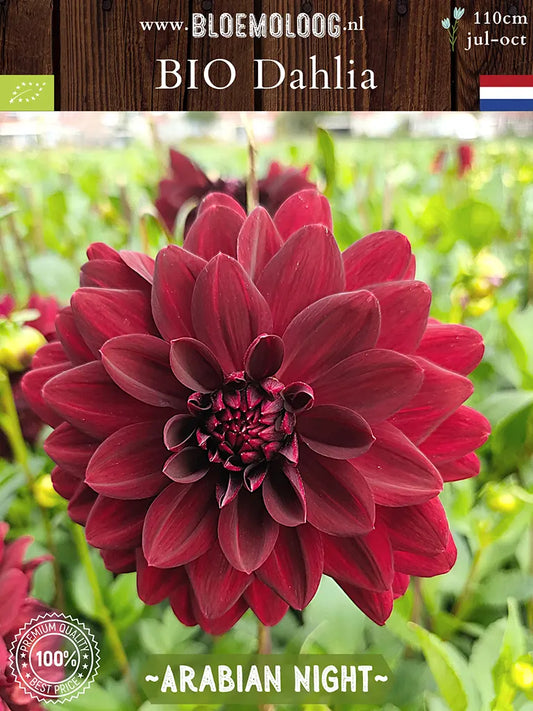 Sold out
Sold out -

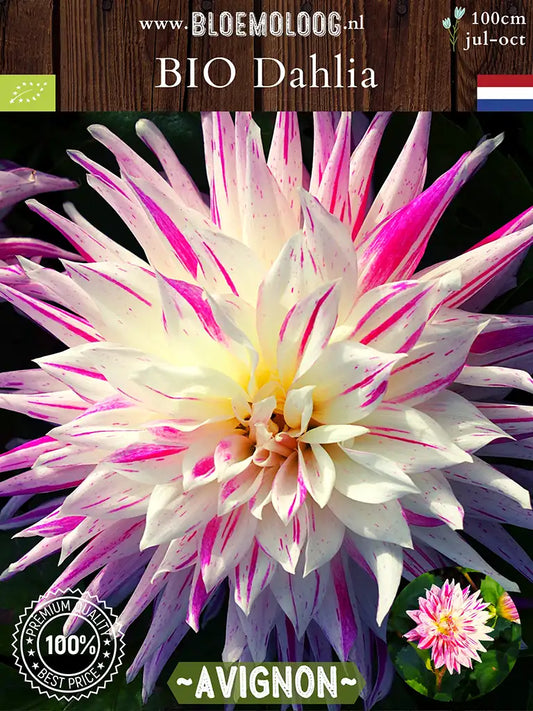 Sold out
Sold out -

 Sold out
Sold out -

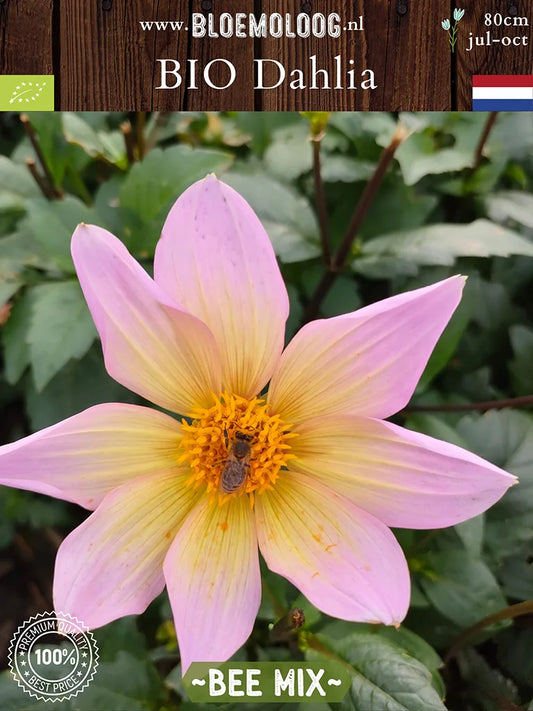 Sold out
Sold outOrganic Dahlia 'Bee Mix' | 3 pcs.
Regular price €12,95Regular priceUnit price €4,32 each -

 Sold out
Sold out -

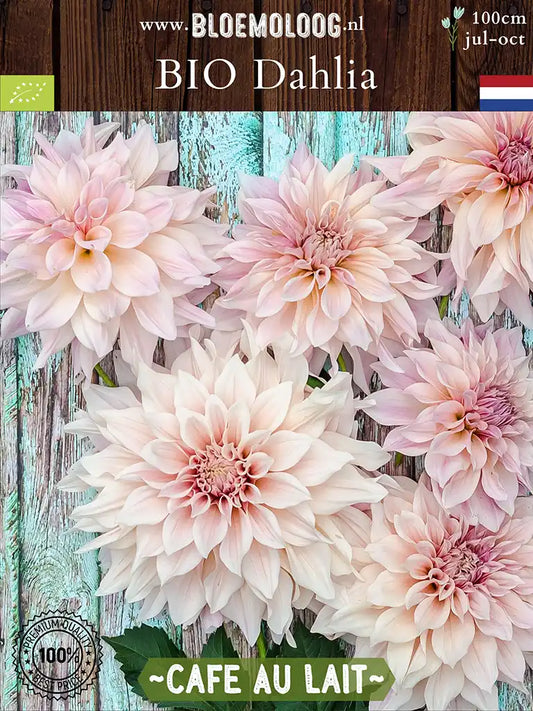 Sold out
Sold out -

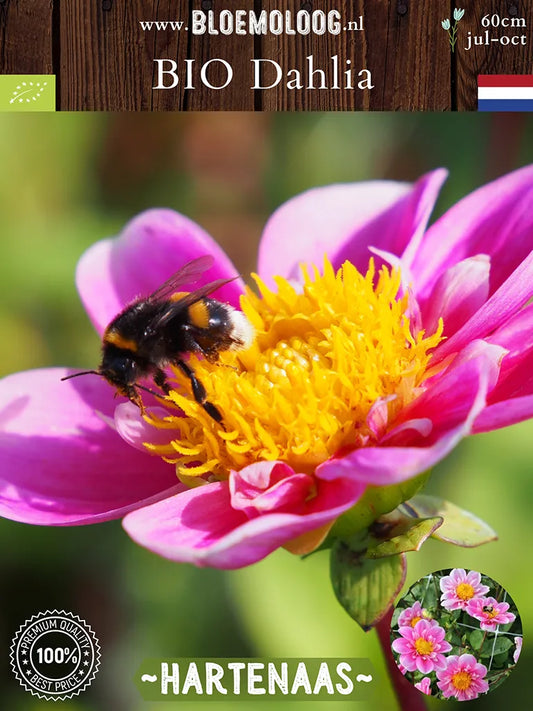 Sold out
Sold out -
-

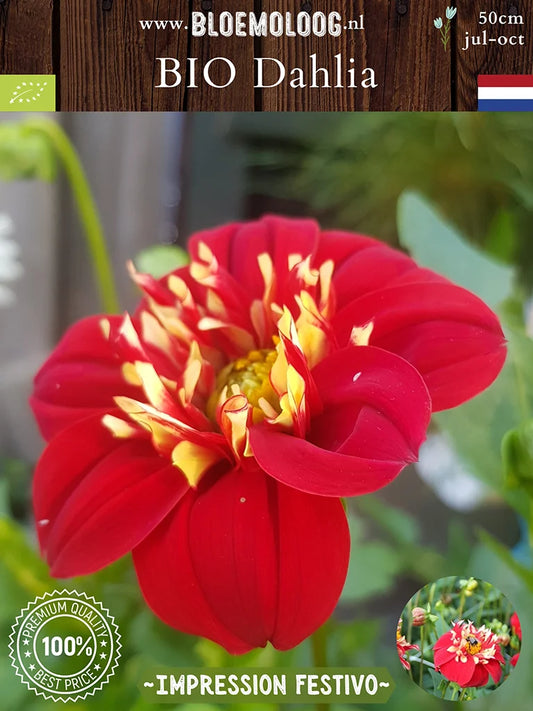 Sold out
Sold out -

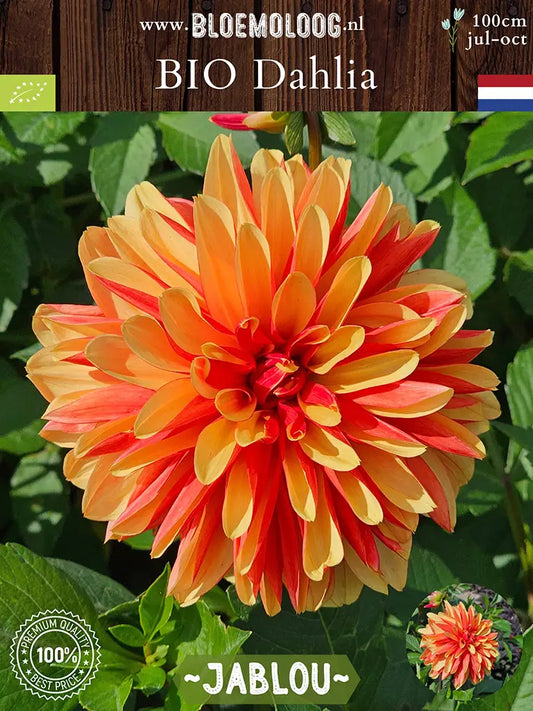 Sold out
Sold out -

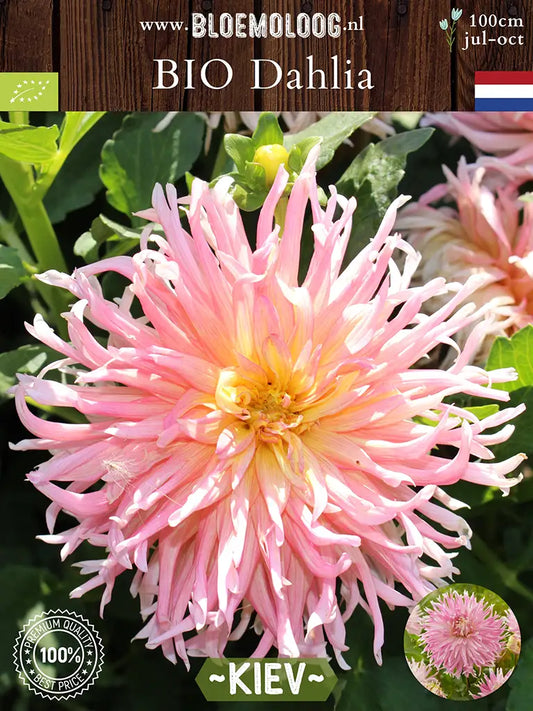 Sold out
Sold out -

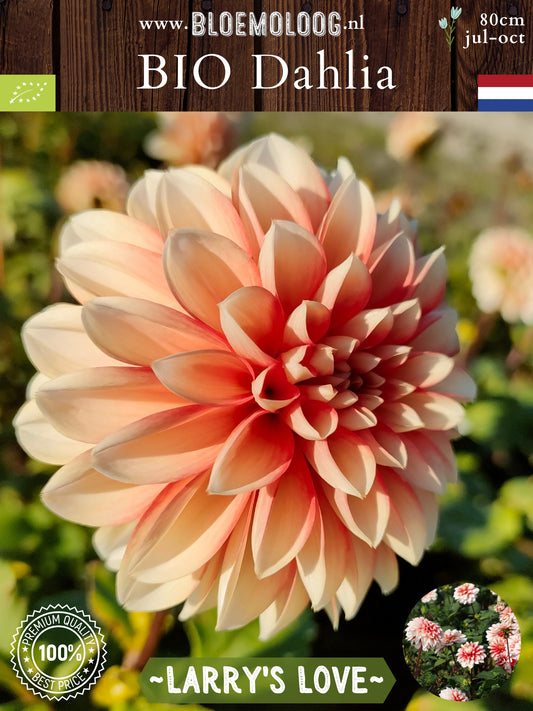 Sold out
Sold out -

 Sold out
Sold out -

 Sold out
Sold out -
Organic Dahlia 'Little Swan'™ (dark-leaved)
Regular price €5,50Regular price -

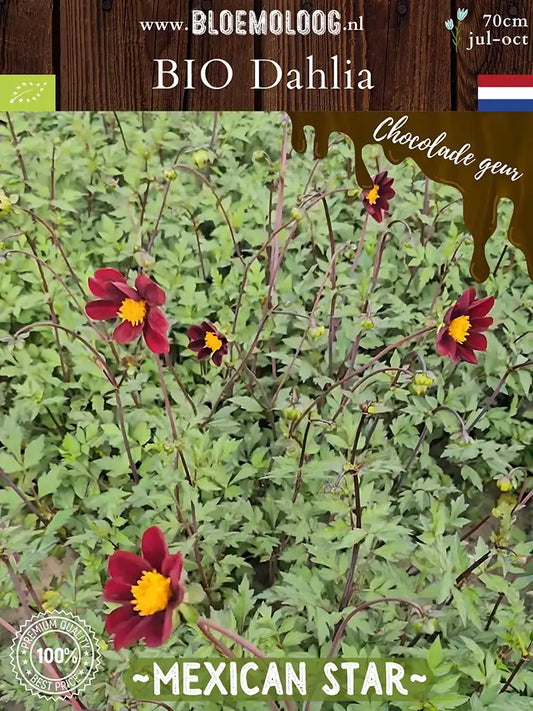 Sold out
Sold out -

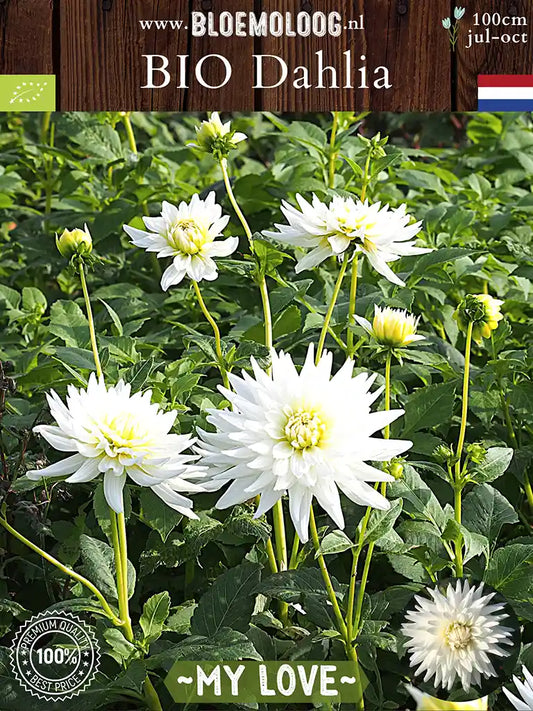 Sold out
Sold out -

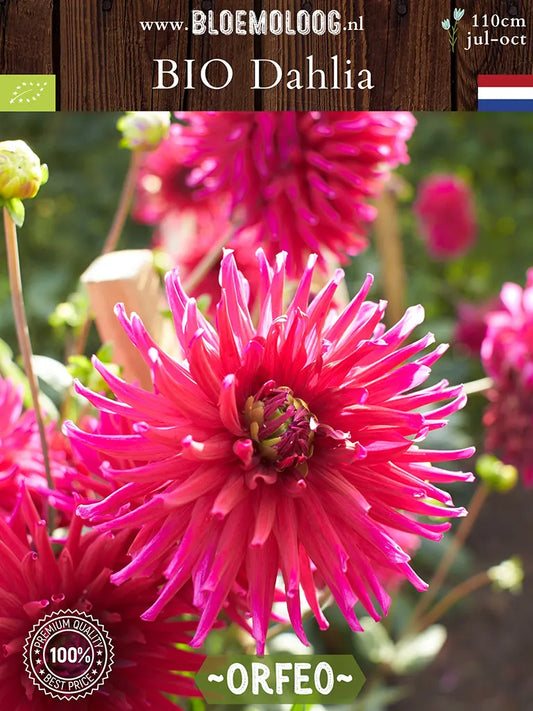 Sold out
Sold out -

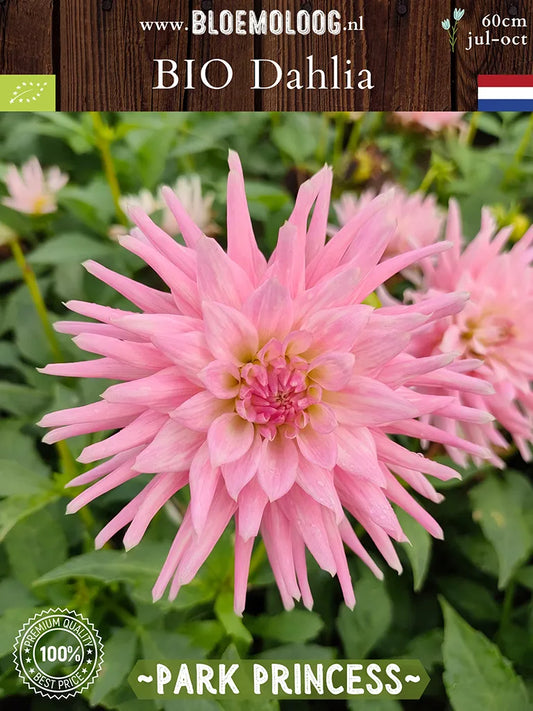 Sold out
Sold out -

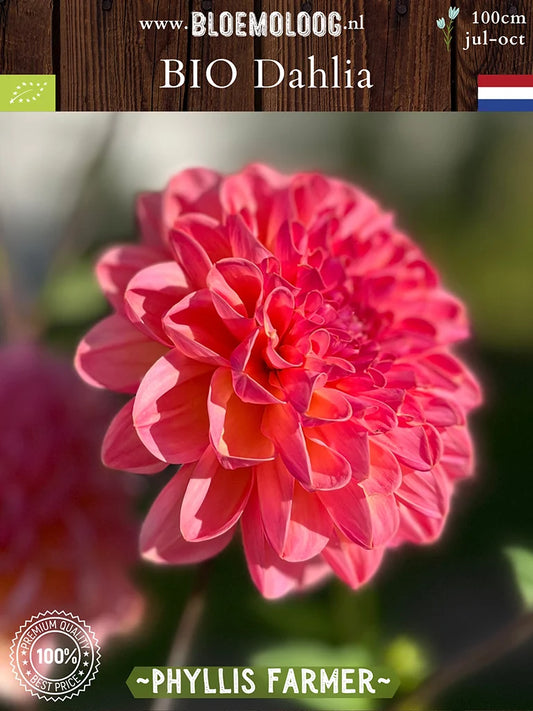 Sold out
Sold out -
Organic Dahlia 'Pink Poetry' mix | 3 pcs.
Regular price €13,95Regular priceUnit price €4,65 each€0,00Sale price €13,95Sold out -

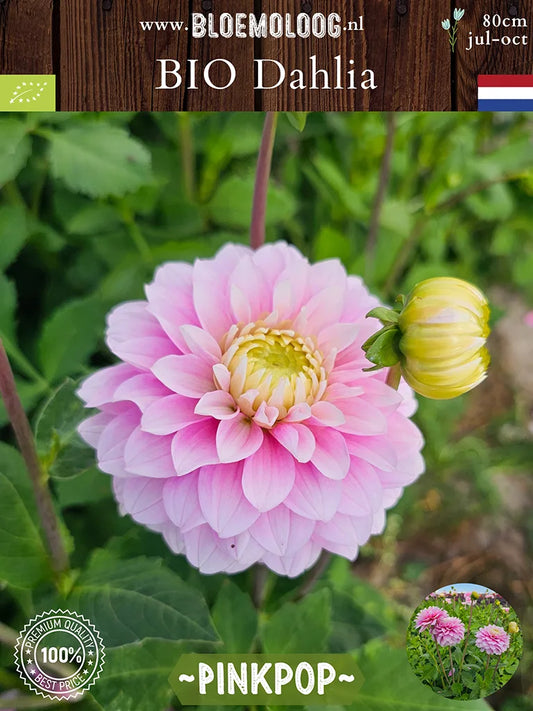 Sold out
Sold out -
Organic Dahlia 'Pride One' (dark-leaved)
Regular price €4,99Regular price -

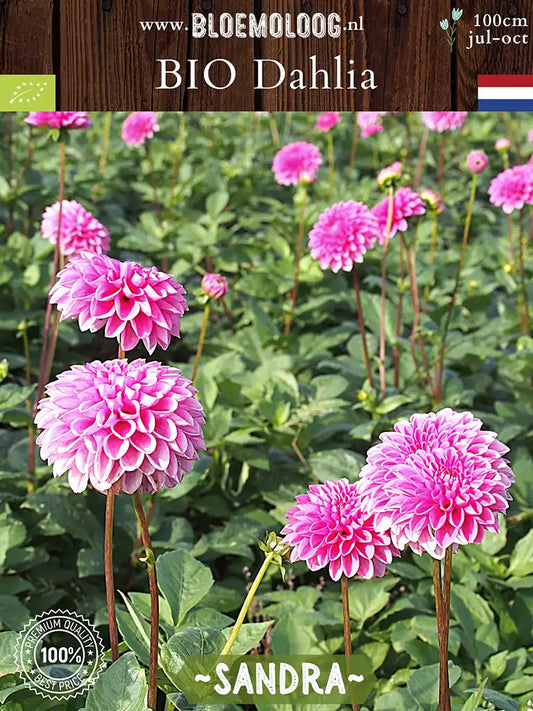 Sold out
Sold out -

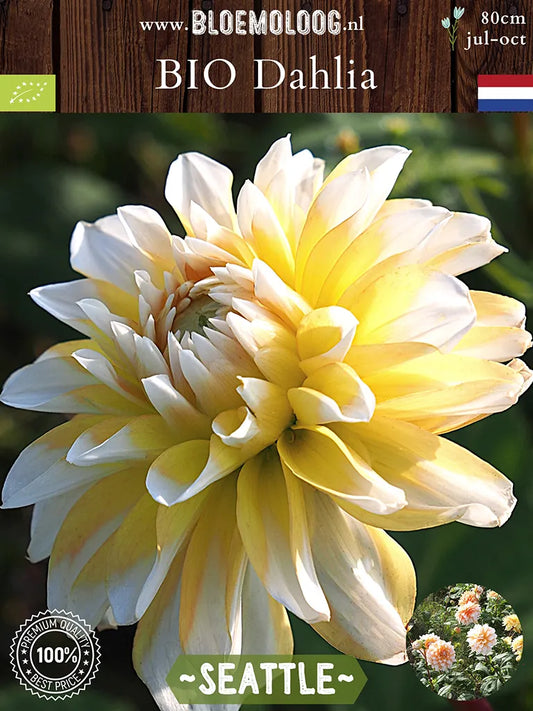 Sold out
Sold out -

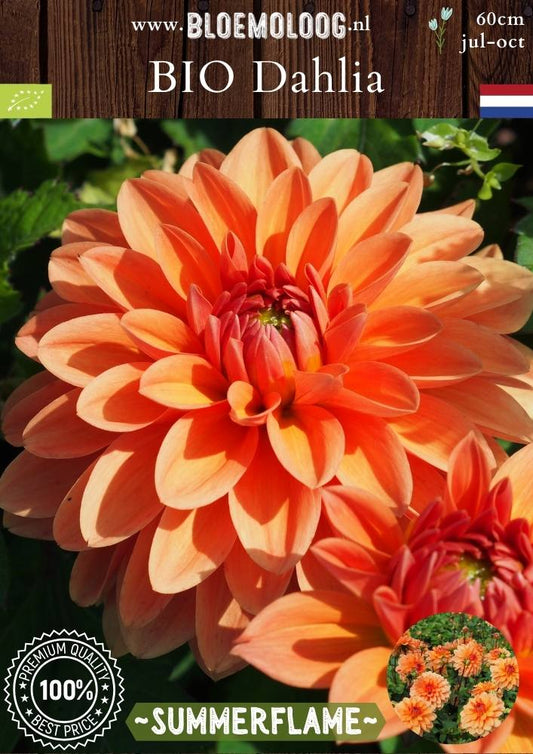 Sold out
Sold out -

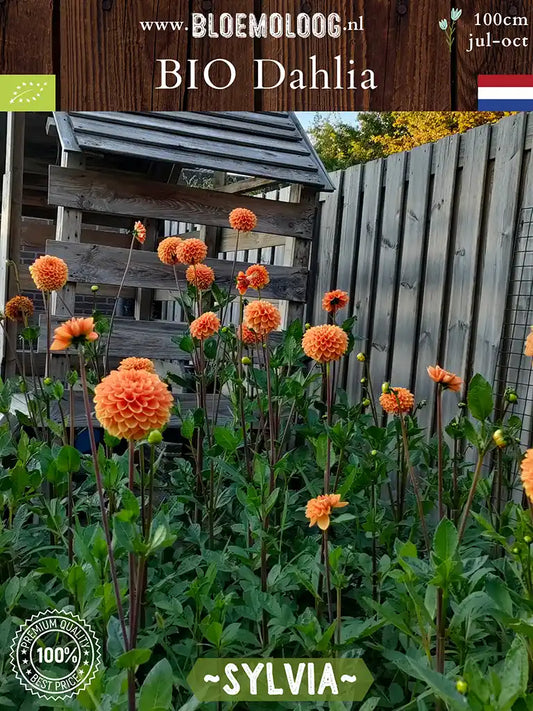 Sold out
Sold out -

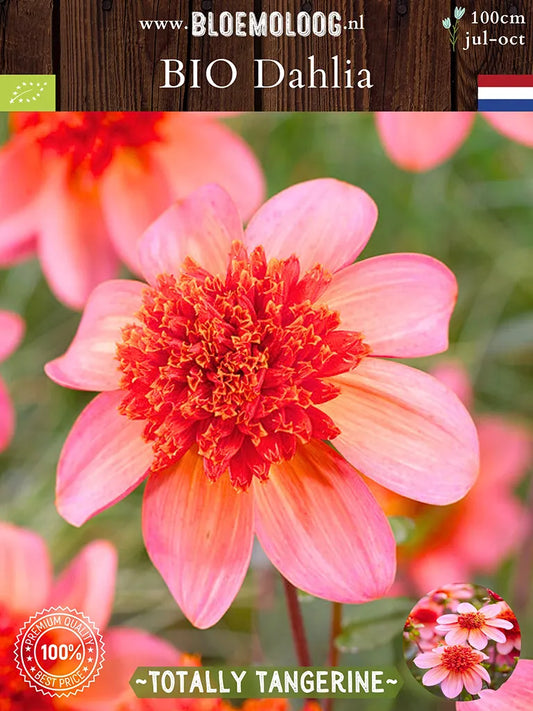 Sold out
Sold out -

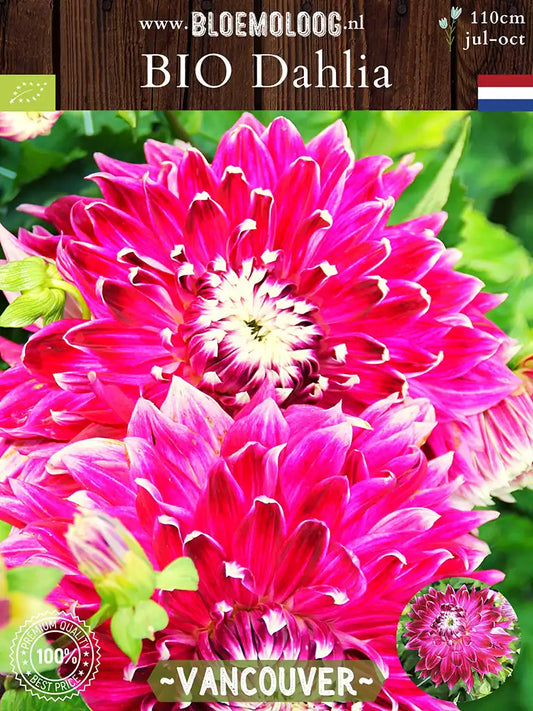 Sold out
Sold out -
Organic Dahlia 'Waltzing Mathilda'™ (dark-leaved)
Regular price €4,99Regular price -

 Sold out
Sold out -

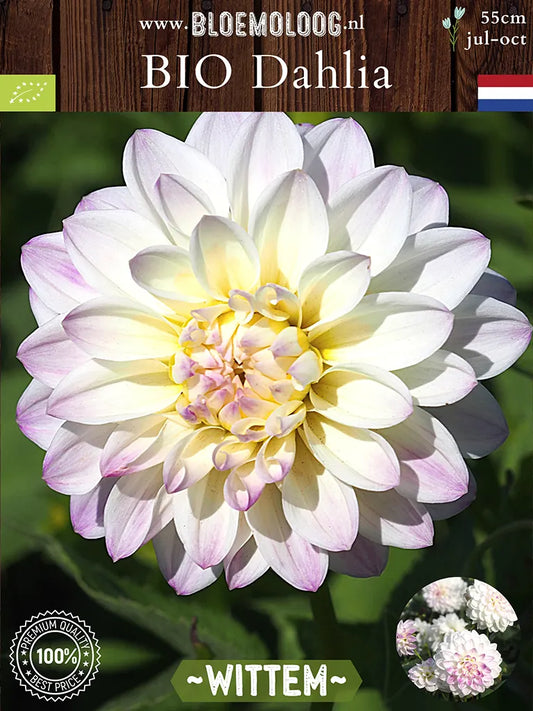 Sold out
Sold out -
Organic Dahlia 'Seedlings' - Dark Leaved | 3 pcs.
Regular price €14,95Regular priceUnit price €4,98 each
Collection: Organic dahlias
Organically Grown Dahlia Tubers
Dahlias come in various sizes, ranging from small flowers to huge ones. They are available in many different colors, and some even have multicolored petals. The herbaceous leaves vary from light green to very dark green and completely die off after blooming.
Dahlias produce beautiful flowers and bloom for an incredibly long time, from summer deep into the fall. Dahlias are perennials if the bulbs are dug up before the frost and replanted after the frost.
Edible Flowers
The dahlias from Bloemoloog are grown 100% without chemicals or artificial fertilizers. As a result, the entire plant is edible. Enjoy the colorful flowers in a salad or use them to decorate a water jug. The bulbs have a root-like flavor, but also somewhat resemble radishes. Check out a page about cooking with dahlia tubers on Katja Staring's website here.
Are They Dahlia Bulbs or Tubers?
We often get asked at the market whether they are dahlia bulbs or tubers. A dahlia plant grows from a tuber. It is a thickened, fleshy rhizome, the shape and size of which can vary depending on the type and age of the dahlia.
What Types of Dahlias Are There?
The most distinctive feature of the dahlia is the variety of types. Here is a list of types known to Bloemoloog:
- Anemone Dahlia - resembles an anemone with a clearly visible central disc, such as the 'Totally Tangerine'
- Baldahlia - The outer curled petals curl so far back that the flower appears round.
- Cactus Dahlia - The numerous petals have pointed ends because the petals are fully curled, giving the flower a cactus-like appearance.
- Decorative Dahlia - A standard type with medium-width petals, ranging from medium-sized flowers to large flowers.
- Dinnerplate Dahlia - Large-flowered like the famous 'Cafe au Lait'
- Dark-leaved Dahlia - The leaves and flower stems are dark green, almost red, and often more pointed. The Dahlia 'Waltzing Mathilda' is one of the four dark-leaved dahlias Bloemoloog offers.
- Single-flowered Dahlia - A flower formed by a single or several rings of petals surrounding an open heart.
- Fimbriata Dahlia - Many narrow petals with fine frilled incisions, ranging from medium-sized to large flowers.
- Collar Dahlia - A flower with an open heart, surrounded by a collar of narrow upright petals and a ring of regular petals on the outside.
- Orchid Dahlia (Star-shaped) - A star-like flower formed by a few single petals.
- Peony Dahlia - Open-heart dahlias with one or two rings of petals.
- Pompon - Small round flowers formed by rolled-up petals, such as the white 'Snowflake'.
- Semi-Cactus Dahlia - The many petals have pointed ends because the petals are fully curled, giving the flower a cactus-like appearance, but the bloom is fuller than that of cactus-type flowers.
- Waterlily Dahlia - A standard type with medium-width petals, with the outer petals growing slightly less backward than the 'decorative' type.
How to Plant Dahlias?
Starting Indoors
A dahlia is not hardy, so the bulbs can be started indoors from March. This gives the plants a growth head start and ensures that the dahlias bloom earlier. The plants can be moved outside after the ice saints (May 15), or even earlier if the weather is mild, but be cautious of frost. If frost is expected, they should be brought inside at night.
Planting Outdoors in the Garden
If you choose to wait to plant the dahlia bulbs until after the frost, it's best to wait until May 15. From then on, the bulbs can safely be planted without the risk of frost, and they will bloom about 60-90 days later.
Plant the bulb with the old flower stem from the previous year facing upwards, about 2 to 3 centimeters below the ground, and keep a half-meter distance between each bulb.
The planting season continues through June.
Where to Plant Dahlias?
A dahlia prefers a sunny spot in nutrient-rich, well-drained, and preferably lime-rich sandy soil.
For pot planting, choose a pot that is at least 40 cm wide to prevent it from drying out too quickly in the summer.
Pinching Dahlias
Pinching a dahlia is a technique to encourage growth and make the plant more compact and fuller. Dahlias are pinched when they have reached a certain height, usually when they are in the active growth stage. We recommend letting at least 2 to 4 pairs of leaves grow before pinching.
A leaf node is the place where a leaf attaches to the stem. Look at the uppermost leaf pairs on the stem. Use sharp, clean pruning shears and cut the stem just above a leaf node. Be sure to make a clean cut to avoid damaging the plant. If there are flower buds below the pinched area, you can remove them as well. This helps the plant focus more energy on developing side branches. After pinching, the dahlia will begin developing side branches from the leaf axils, resulting in a more prolific bloom.
How to Care for a Dahlia?
Keep the soil of the dahlia consistently moist. Too dry soil can cause problems with growth and blooming. During the blooming period, remove faded flowers to encourage new blooms. The dahlia will bloom until the first frost. Cut the plant back to the ground after blooming. Protect bulbs planted in the ground during winter with leaves against light frost. In severe frost, store them frost-free in a dry place. The advantage of digging them up is that the bulb can be divided each year. Feed the plant several times a year for optimal results. The dahlia is a fast-growing plant that requires a lot of nutrients.
Overwintering Dahlias
Dahlias bloom well into the fall under good conditions. Store the bulbs in a frost-free, unheated, well-ventilated area during the winter. Wrap the bulbs in paper, such as newspaper, or keep the paper or jute bag they came in during purchase. This helps prevent the bulbs from drying out due to air circulation.
Propagation
In the fall, the bulbs continue growing well. Do not dig up the bulbs too early for propagation. Just before the first frost is the best time. The bulbs can be split immediately, but it's also possible to do this in the spring. The advantage of splitting them in the spring is that small growth points will already be visible, making it easier to determine where to split the bulb.
Buy Organic Dahlias?
Good news! Since last year, thanks to a newly certified organic dahlia nursery, dark-leaved dahlias are now available for purchase at bloemoloog.nl.
Dahlia bulbs are available throughout the spring at one of our markets. You can also buy dahlias online from January to June at Bloemoloog.nl.
Estimated Shipping Widget will be displayed here!
-
Organic summer bulbs
Summer flowering bulbs and tubers are a promising and colourful addition to gardens, bringing them to life during the warmer months. Here you will find a wide range of flowers and plants that are planted in spring and produce beautiful flowers throughout the summer and autumn.
Planting summer bloomers
Planting summer flowering bulbs and tubers usually requires some preparation in the spring. They thrive in well-drained soil and generally require full sun or light shade.
Pre-growing flower bulbs
You can also choose to grow the frost-sensitive summer bloomers indoors from March, which is called pre-growth. The plant then has a head start and will flower earlier. You then place the pot in a light place in your room and keep the soil slightly moist. As soon as the night frost has gone, the pot can be placed outside or the flower bulb or tuber can be removed and replanted in the open ground. In that case, first keep the pot in a bucket of water for half a day and then plant the tuber in the open ground.
Caring for summer bloomers
Regular watering and removing faded flowers can prolong flowering. All summer flowering plants we offer can be cut back to the ground in the fall. For further instructions, we recommend reading the respective product descriptions for correct wintering.
For organic potting soil, plant food and other soil improvers we recommend Bio Kultura !
Summer buzzers
The entire range of the Bloemoloog is organically grown. This means you don't have to worry about whether it contains harmful substances for beneficial insects such as bees and other summer buzzers.
-
What summer bloomers are there and how do you choose the right one?
There are many different types of summer bloomers, including annuals and perennials, also known as perennials. Annual summer bloomers bloom for only one season, while perennials grow and flower for several years. Some need to be dug up before the cold winter, while others, with proper care, can remain in the same spot for years.
When choosing summer bloomers, it is important to consider the specific needs of the plants, such as water requirements, soil type and care.
Below we discuss some popular summer bloomers and provide information on which location is best for them.Non-hardy perennial summer bloomers
Dahlia: Dahlias are a popular choice for summer bloomers and come in many different colors. They thrive in full sun.
Gladioli: Gladioli are perennial, but not winter-hardy. They grow best in full sun.Winter-hardy perennial summer bloomers
Kniphofia: Kniphofia, also known as firecracker, loves plenty of sunlight. Place the plant in a location where it gets at least 6 to 8 hours of direct sunlight per day. A sunny spot ensures the plant grows and blooms well.
Lily: Lilies are perennial summer bloomers that are often planted. These plants thrive in full sun and partial shade.
Peony: Peonies are well-known summer perennials. They thrive in the sun, but for longer blooms, we recommend a semi-shaded spot.


















